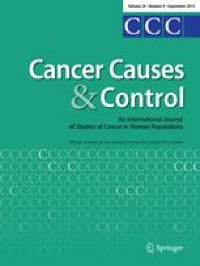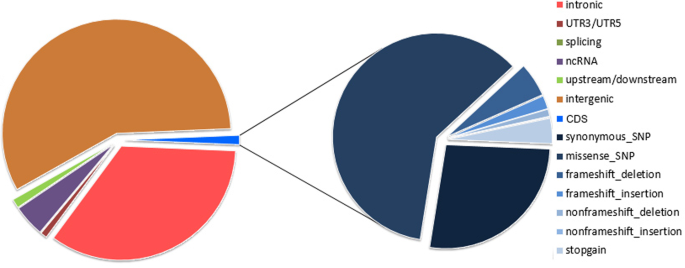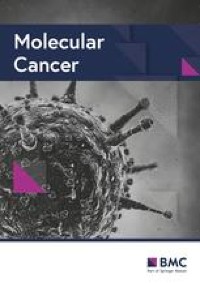Abstract
Purpose
Central nervous system lymphomas (CNSL) can present with motor and non-motor symptoms. In many central nervous system tumors, motor deficits are associated with significant morbidity and functional impairment, and correlate with worse prognosis. CNSLs however, often exhibit remarkable response to chemotherapy and radiotherapy with corresponding symptom improvement. We investigate the survival outcomes and trajectories of motor and functional recovery in a cohort of patients presenting with and without initial motor deficits.
Methods
Patients who underwent biopsy and with a histologically confirmed CNSL between 2008 and 2019 were retrospectively identified. Baseline demographic variables, comorbidities, presenting symptoms, histological type, neuroimaging features (location and number of lesions), and treatment administered (pre- and post-operative steroid use and chemotherapy regime) were recorded. Dates of death were obtained from the National Registry of Births and Deaths. Motor power and performance status at admission, 1 month and 6 months were determined.
Results
We identified 119 patients, of whom 34% presented with focal motor deficits. The median overall survival (OS) was 26.6 months. Those with focal motor deficits had longer OS (median 42.4 months) than those without (median 23.3 months; p = 0.047). In multivariate Cox analysis, age (HR 1.04 per year; p = 0.003), CCI (HR 1.31 per point; p < 0.001), leptomeningeal/ependymal involvement (HR 2.53; p = 0.016), thalamus involvement (HR 0.34; p = 0.019), neutrophil:lymphocyte ratio (HR 1.06 per point; p = 0.034), positive HIV status (HR 5.31; p = 0.003), preoperative steroids use (HR 0.49; p = 0.018), postoperative high-dose steroids (HR 0.26; p < 0.001) and postoperative low-dose steroids (HR 0.28; p = 0.010) were significant predictors of OS. By one month, 43% of surviving patients had full power, increasing to 61% by six months.
Conclusion
A significant proportion of patients with initial motor deficits recovered in motor strength by six months. In our population, those presenting with motor deficits had paradoxically better overall survival.








